Description
Sansevieria Laurentii: The Bold and Resilient Snake Plant
The Sansevieria Laurentii, also known as the Laurentii Snake Plant or Sansevieria trifasciata Laurentii, is one of the most iconic indoor plants celebrated worldwide for its striking looks and unmatched resilience. With its upright, sword-like leaves patterned in shades of green and lined with bright golden-yellow edges, this plant is a true statement piece for any home or office.
A member of the succulent family, the Sansevieria Laurentii is often referred to as an “unkillable” plant because of its ability to survive neglect, tolerate a wide range of conditions, and thrive in places where most other plants struggle. For new plant parents, busy professionals, or anyone who wants a stylish yet low-maintenance addition to their space, the Laurentii is the perfect choice.
🌱 Distinctive Features of Sansevieria Laurentii
-
Striking Appearance
The Sansevieria Laurentii is instantly recognizable with its long, upright leaves that grow in a sword-like shape. Each leaf displays a unique silvery-green pattern with bold yellow edges, creating a dramatic and elegant contrast. -
Compact Yet Impactful Growth
As an indoor plant, the Laurentii can reach heights of 2–3 feet, making it a versatile addition to both tabletops and floor planters. Its slow growth rate ensures it retains its sleek form for years without overwhelming your space. -
Air-Purifying Powerhouse
Sansevieria is well-known as one of NASA’s top air-purifying plants. It absorbs toxins such as formaldehyde, xylene, and benzene while also releasing oxygen at night, making it an excellent bedroom plant for better sleep. -
Hardy & Forgiving Nature
Neglect it? Forget to water? Place it in low light? The Snake Plant won’t mind. It tolerates low light, thrives in indirect sunlight, and survives long gaps between watering. This toughness makes it one of the easiest indoor plants to grow.
🌿 Benefits of Growing Sansevieria Laurentii
-
Perfect for Beginners: Nearly indestructible, ideal for those new to gardening.
-
Improves Indoor Air: Naturally filters toxins and boosts oxygen.
-
Stylish & Versatile: Fits modern, minimal, or traditional interiors beautifully.
-
Low Maintenance: Minimal watering and care needed.
-
Compact Growth: Doesn’t grow too fast, so it stays neat and elegant.
🌞 Sansevieria Laurentii Care Guide
Even though it’s easy to maintain, a little care goes a long way in helping your Snake Plant thrive.
-
Light Requirements: Thrives in bright, indirect light, but also tolerates low light and even direct sun. From bathrooms with little light to sunny balconies, this plant adjusts easily.
-
Watering: Water sparingly—about once every 2–3 weeks. Overwatering is the most common mistake; let the soil dry out completely before watering again.
-
Soil: Use well-draining, aerated soil such as cactus or succulent potting mix to prevent root rot.
-
Temperature & Humidity: Prefers 21–32°C (70–90°F) and tolerates normal household humidity. Avoid cold drafts.
-
Fertilizer: Feed with a balanced liquid or slow-release fertilizer every 4–6 weeks during spring and summer. Skip fertilization in winter.
-
Cleaning & Pruning: Wipe leaves gently with a damp cloth to remove dust. Prune damaged or yellowing leaves from the base.
🌿 Where to Place Your Snake Plant
-
Bedroom: Perfect for nighttime oxygen release and better air.
-
Living Room: Adds bold style to corners or side tables.
-
Office: Brings greenery and reduces stress without much care.
-
Entryways: A welcoming and durable plant for high-traffic spaces.
🌱 FAQs About Sansevieria Laurentii
1. Is Sansevieria Laurentii easy to care for?
Yes! It’s one of the easiest houseplants to grow and thrives on neglect.
2. How tall does it grow indoors?
Typically 2–3 feet indoors, making it suitable for both small and large spaces.
3. Is Snake Plant safe for pets?
No, it can be toxic if ingested by cats or dogs. Place it out of reach.
4. Can it survive in low light?
Yes, it tolerates low light well but grows best in bright, indirect sunlight.
5. How often should I water it?
Once every 2–3 weeks is sufficient; always check the soil before watering.

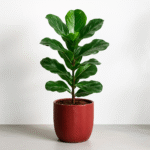
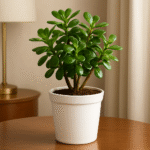
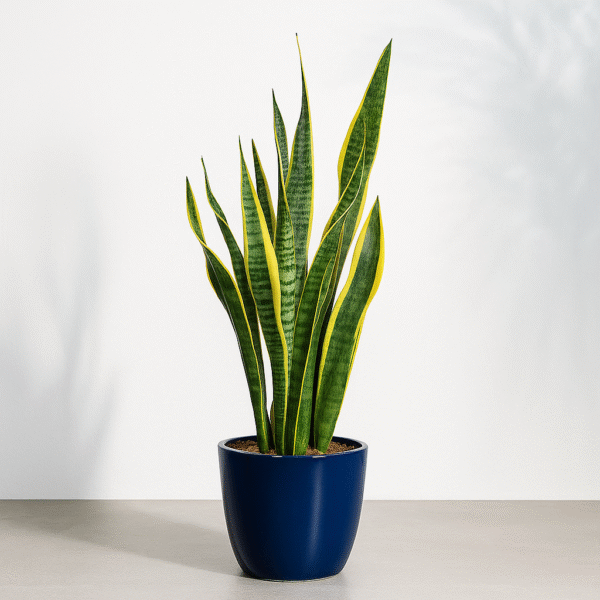

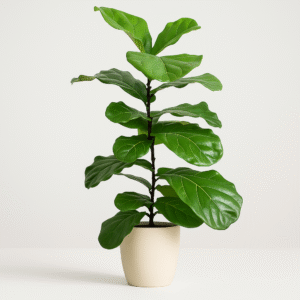

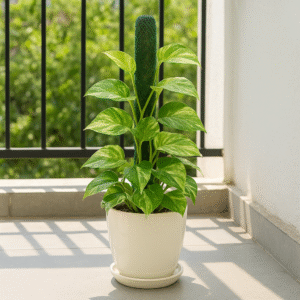
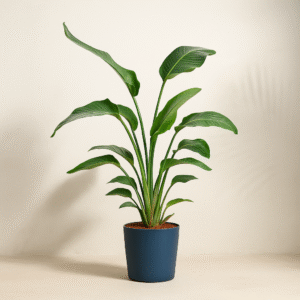
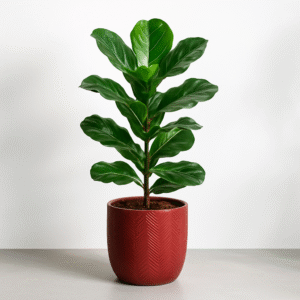
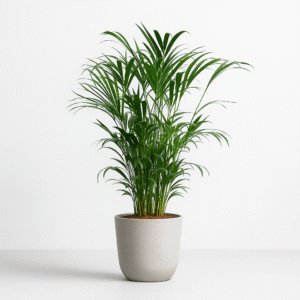
Reviews
There are no reviews yet.